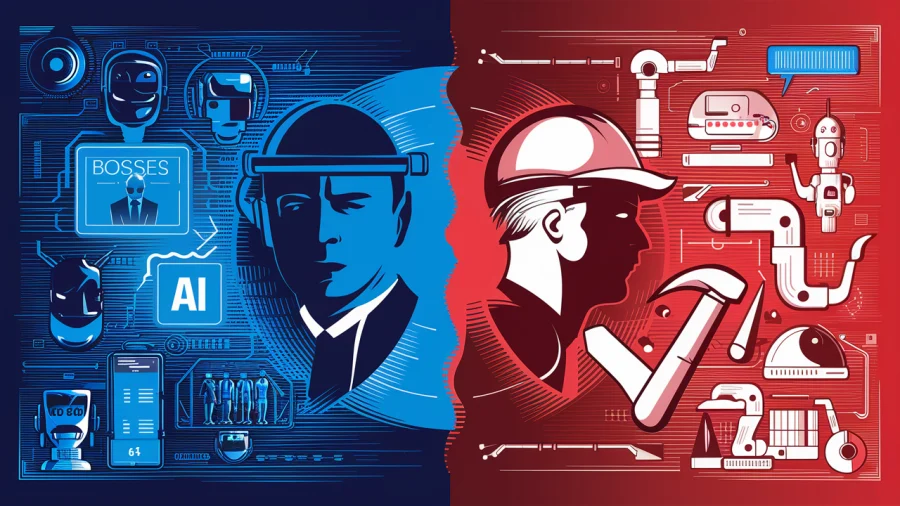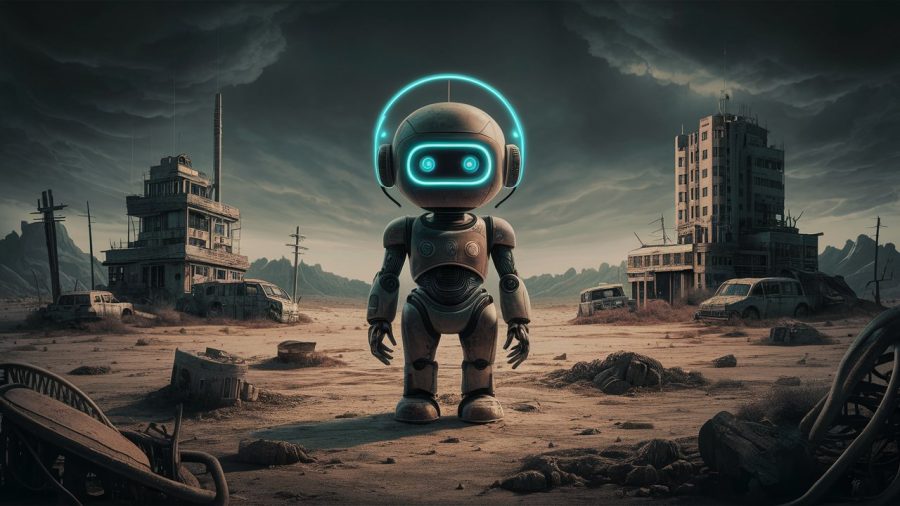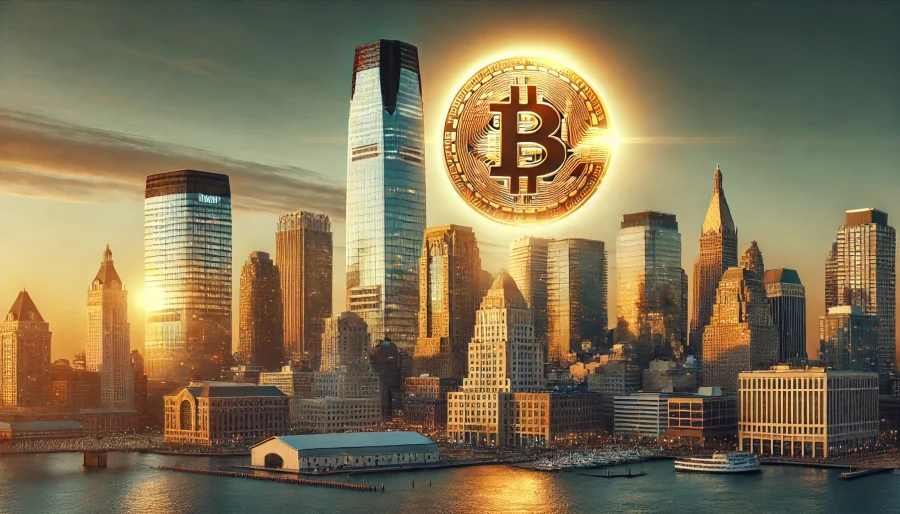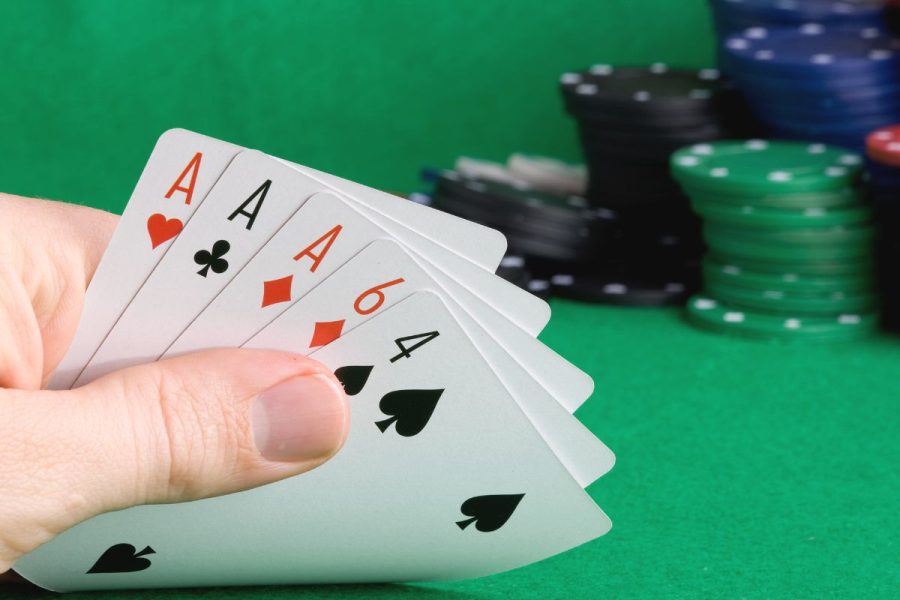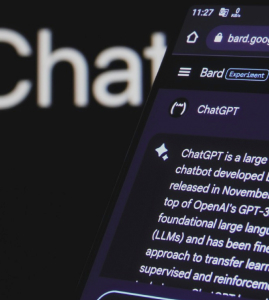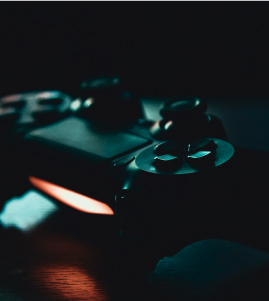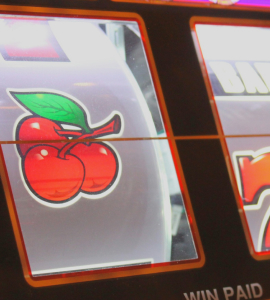ARTorNOT is a user ratings-powered knock-off of trashy meat market site HotOrNot.com. Acting as both parody and social commentary, ARTorNOT asks its users to decide if the content they look at for maybe three seconds is “art.” The site itself raises more philosophically inclined questions about who ultimately decides what “art” is – the Internet user, the curator, the critic or the artist.
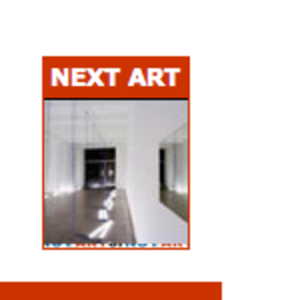
“‘What is’ and ‘what isn’t’ art is subjective. Hopefully ARTorNOT will offer insight to artists who would like to know what the internet thinks,” co-creator Ryder Ripps tells us. “Like HOTorNOT, all that matters is if you know you’re hot, the rating doesn’t really matter…we all know who is and isn’t hot…we would like to now discover if this applies to art.”
ARTorNOT is a project of OKFoc.us, a company founded in September by New York-based creative technologist Jonathan Vingiano and artist Ryder Ripps.
HotOrNot.com was founded in 2000 by Silicon Valley-based engineers James Hong and Jim Young. They sold it to Avid Life Media for $20 million in February 2008. It still exists today, though chances are you’ve probably forgotten about it. The current version of HotOrNot lives on the original site and on Facebook as an app. If you decide to “Like” the app on Facebook, it will show up in your friends’ news tickers.

ARTorNOT users sign up for the site with their Twitter accounts. Users click through photos and rate the “art” on a scale of 1-10, and then tweet those “artworks” out to the world.
Twitter, a more public-facing forum than Facebook, is a natural fit for ARTorNOT. This is one way it could become more accessible to a wider, non-Art World audience. ARTorNOT also utilizes a Twitter bot that grabs all searches for #artornot hashtag, and posts those to the app.
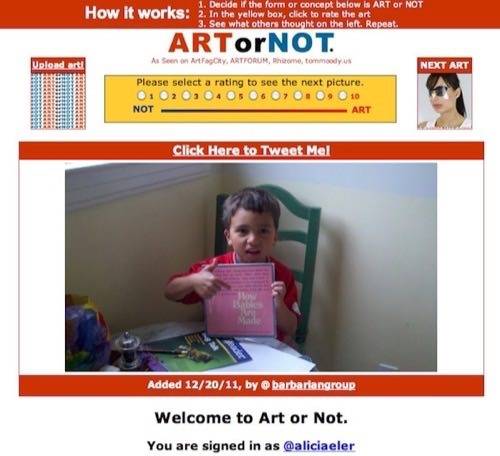
Does ARTorNOT have the potential to expand beyond the Art World? “I think an ARTorNOT API would be pretty funny,” says Vingiano. “We may add integration with other social networks in the future.”
If you’re curious, add your own content to the site. Just don’t be sad if the Internet decides that it’s not art.





